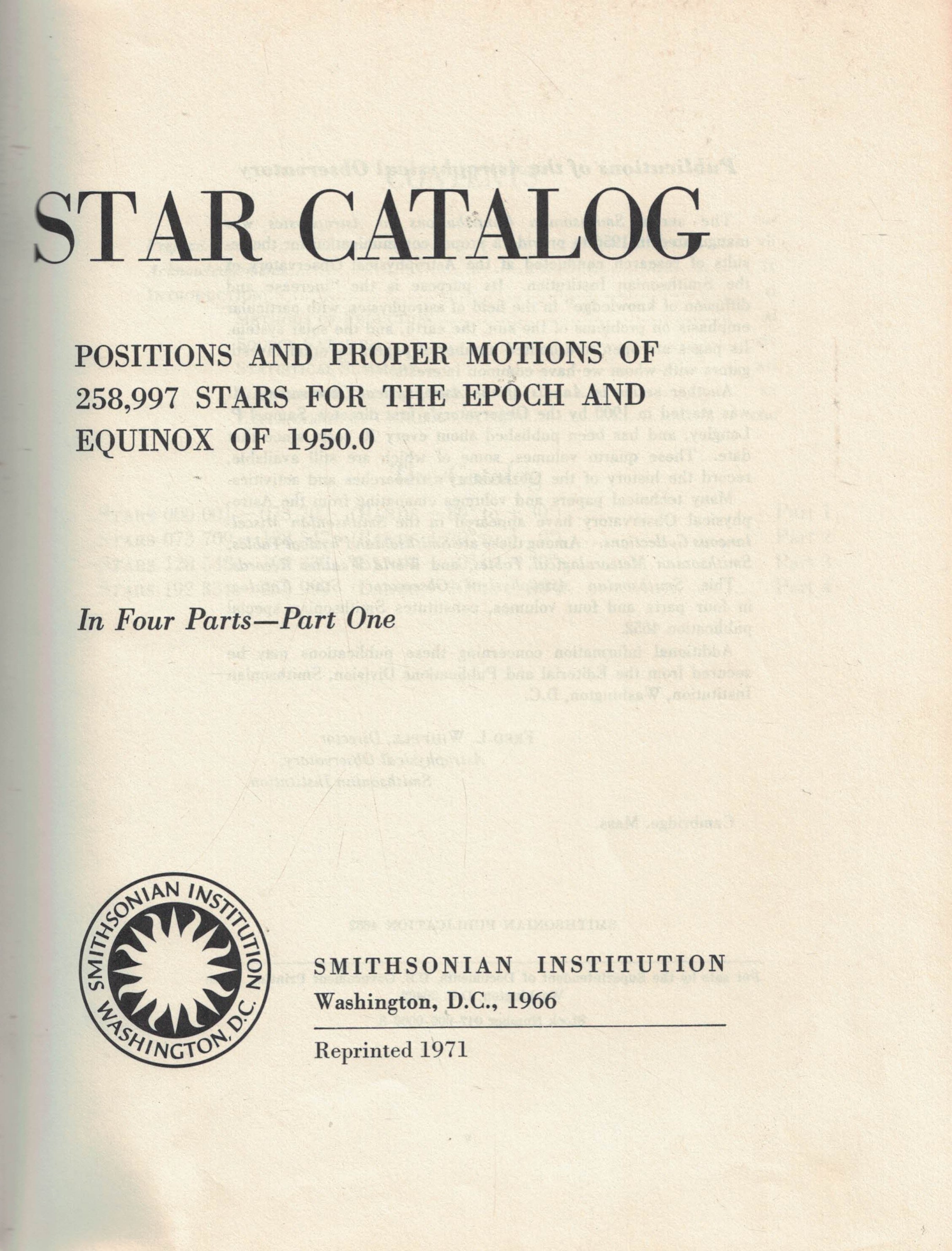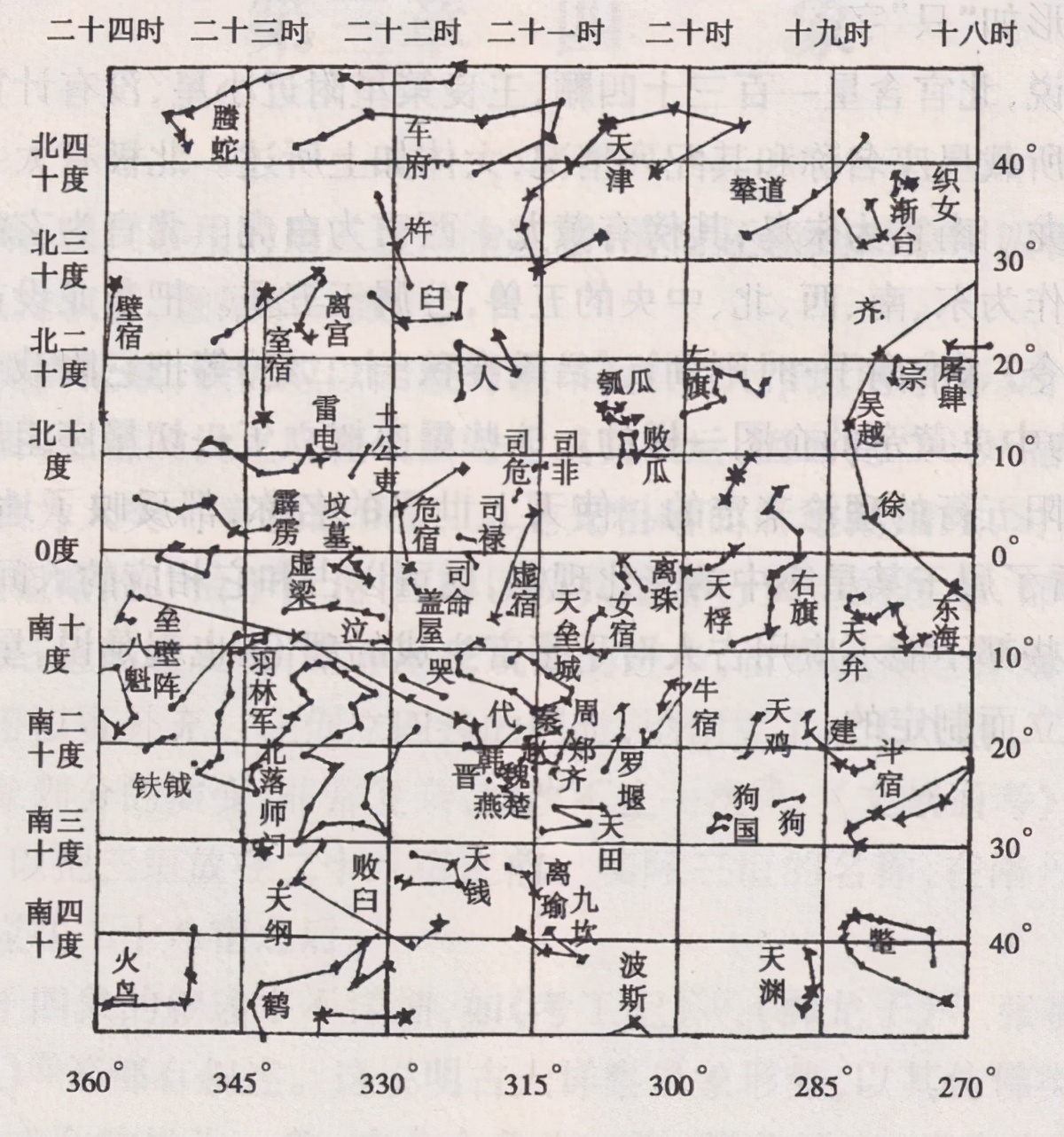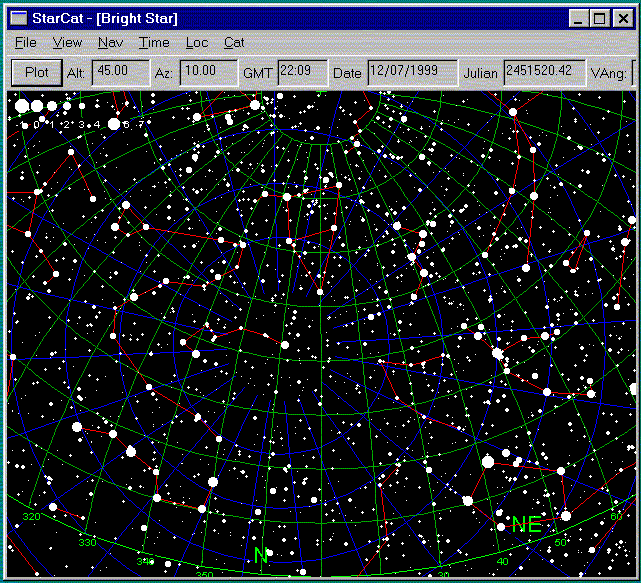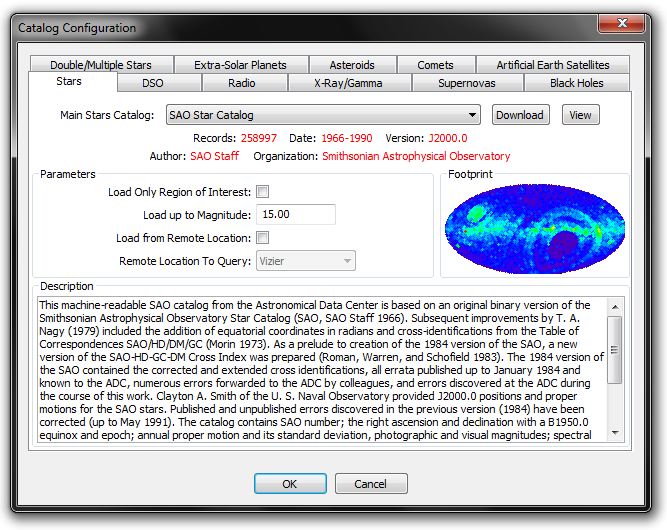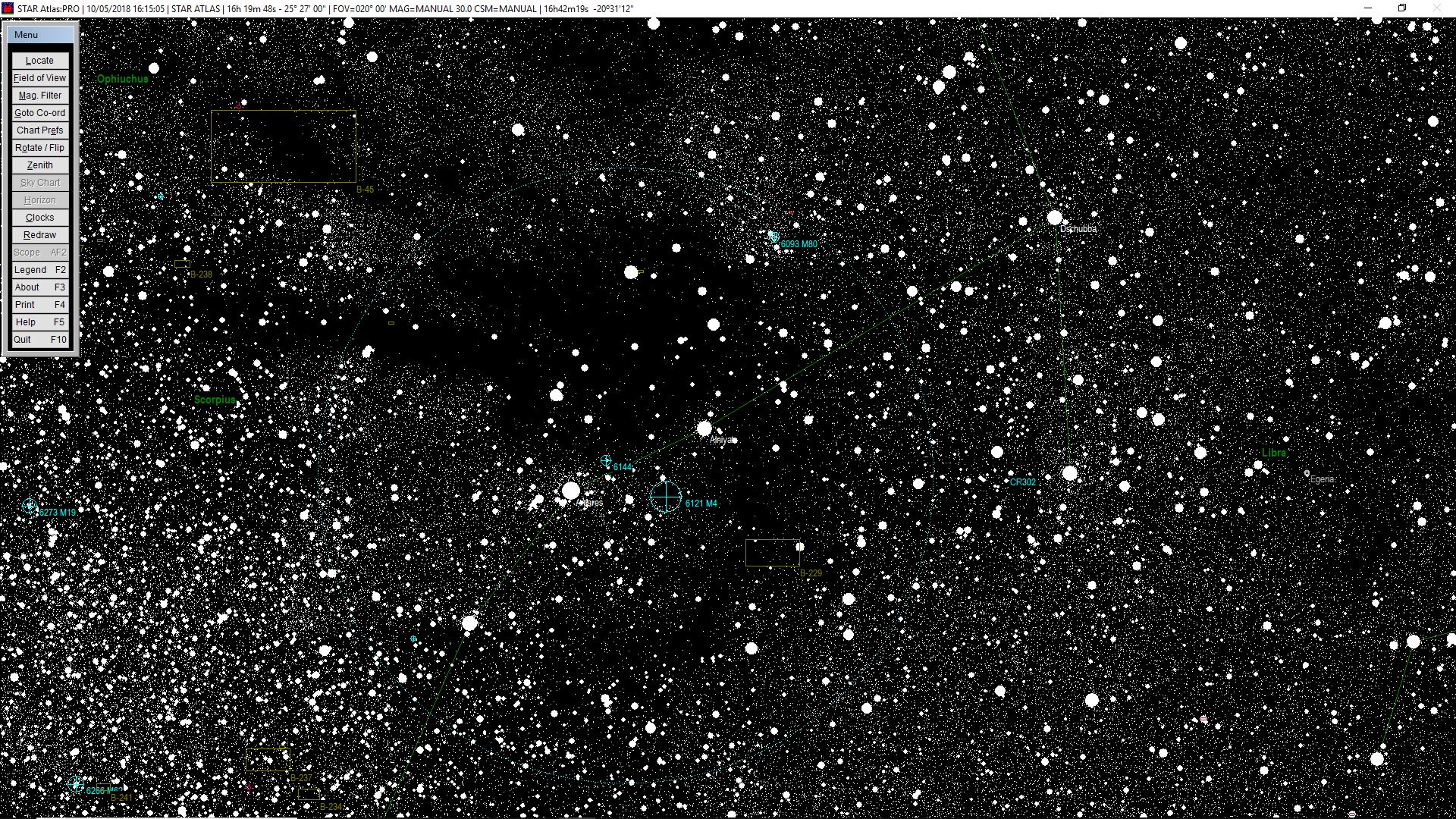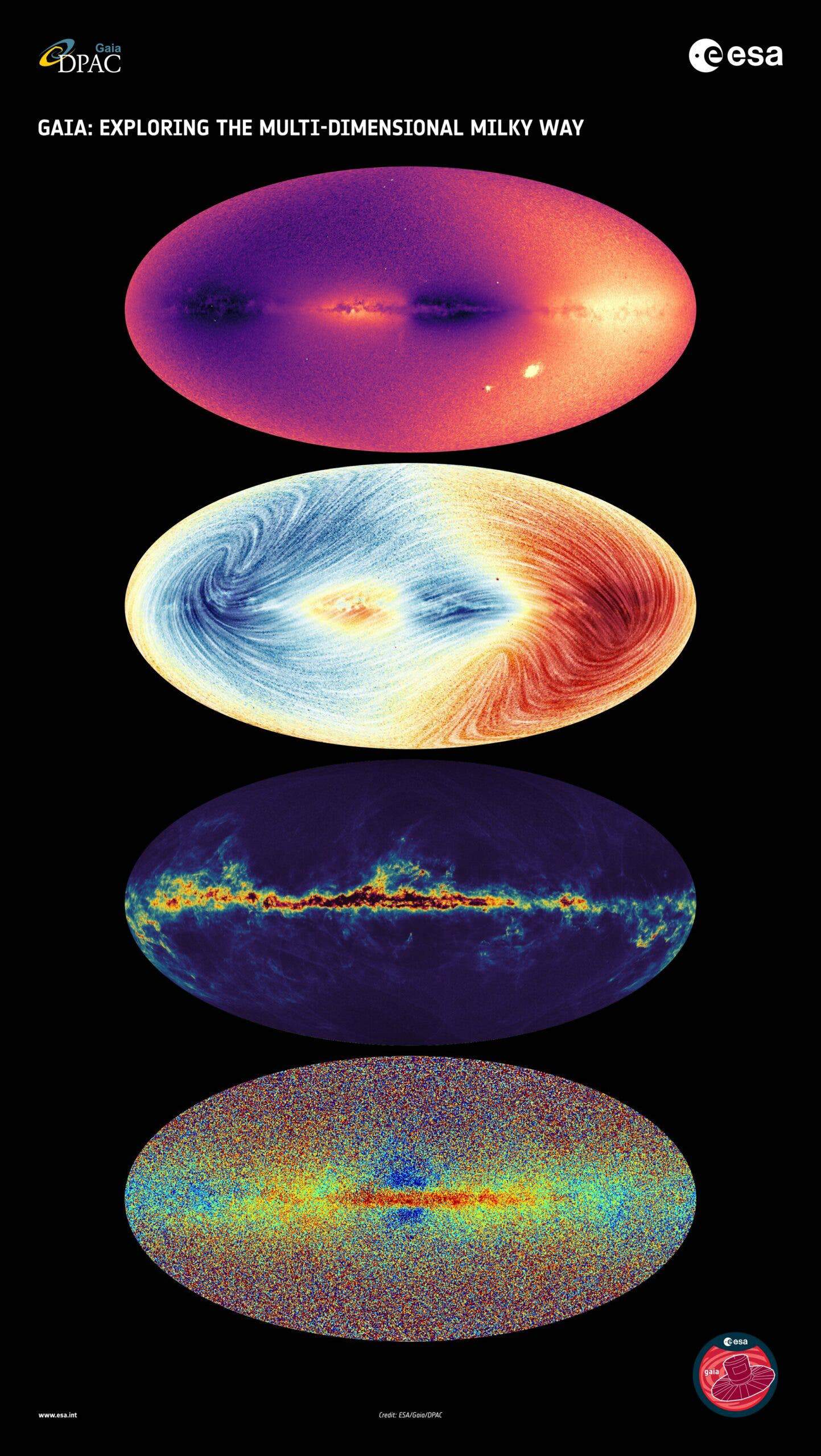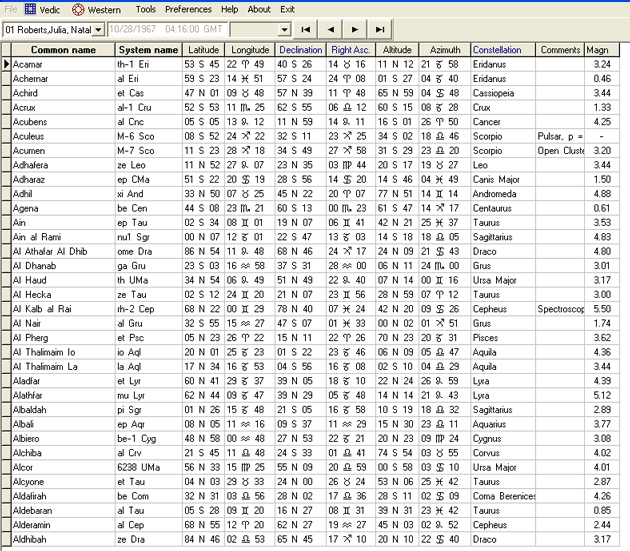Star Catalog
Star Catalog - The bsc5p database table contains data derived from the bright star catalog, 5th edition, preliminary, which is widely used as a source of basic astronomical and astrophysical data for stars brighter than magnitude 6.5. Or, search for a star by its exact catalog number (use a * to indicate a degrees sign): +7.3, plus 95 per cent of those up to mag. A star catalogue is an astronomical catalogue that lists stars. Explore the wonders of the universe with us. Discover stars and celestial bodies in our galactic neighborhood with stellar catalog. There are a great many different star catalogues which have been produced for different purposes over the years, and this article covers only some of the more frequently quoted ones. Hip and tyc are the most accurate and list every star to mag. This database is based on the electronic version of the sao catalog from the astronomical data center, which is itself based on an original binary version of the smithsonian astrophysical observatory star catalog (sao, sao staff 1966). While it may not contain all the stars in our galaxy, our collection is constantly expanding. A star catalogue is an astronomical catalogue that lists stars. Or, search for a star by its exact catalog number (use a * to indicate a degrees sign): Astronomical catalogs are usually the result of an astronomical survey of some kind. An astronomical catalogue is a list or tabulation of astronomical objects, typically grouped together because they share a common type, morphology, origin, means of detection, or method of discovery. +7.3, plus 95 per cent of those up to mag. While it may not contain all the stars in our galaxy, our collection is constantly expanding. This database is based on the electronic version of the sao catalog from the astronomical data center, which is itself based on an original binary version of the smithsonian astrophysical observatory star catalog (sao, sao staff 1966). There are a great many different star catalogues which have been produced for different purposes over the years, and this article covers only some of the more frequently quoted ones. Numerous catalogs and star atlases have been made, some of fundamental importance to stellar astronomy. Star catalog, list of stars, usually according to position and magnitude (brightness) and, in some cases, other properties (e.g., spectral type) as well. While it may not contain all the stars in our galaxy, our collection is constantly expanding. Numerous catalogs and star atlases have been made, some of fundamental importance to stellar astronomy. Hip and tyc are the most accurate and list every star to mag. The bsc5p database table contains data derived from the bright star catalog, 5th edition, preliminary, which. A star catalogue is an astronomical catalogue that lists stars. Hip and tyc are the most accurate and list every star to mag. There are a great many different star catalogues which have been produced for different purposes over the years, and this article covers only some of the more frequently quoted ones. +7.3, plus 95 per cent of those. Discover stars and celestial bodies in our galactic neighborhood with stellar catalog. The guide star catalog (gsc), which has been constructed to support the operational need of the hubble space telescope contains nearly 19 million objects brighter than sixteenth magnitude, of which more than 15 million are classified as stars. Numerous catalogs and star atlases have been made, some of. Or, search for a star by its exact catalog number (use a * to indicate a degrees sign): A star catalogue is an astronomical catalogue that lists stars. Numerous catalogs and star atlases have been made, some of fundamental importance to stellar astronomy. +7.3, plus 95 per cent of those up to mag. Explore the wonders of the universe with. The bsc5p database table contains data derived from the bright star catalog, 5th edition, preliminary, which is widely used as a source of basic astronomical and astrophysical data for stars brighter than magnitude 6.5. There are a great many different star catalogues which have been produced for different purposes over the years, and this article covers only some of the. While it may not contain all the stars in our galaxy, our collection is constantly expanding. There are a great many different star catalogues which have been produced for different purposes over the years, and this article covers only some of the more frequently quoted ones. Astronomical catalogs are usually the result of an astronomical survey of some kind. There. This database is based on the electronic version of the sao catalog from the astronomical data center, which is itself based on an original binary version of the smithsonian astrophysical observatory star catalog (sao, sao staff 1966). Hip and tyc are the most accurate and list every star to mag. While it may not contain all the stars in our. While it may not contain all the stars in our galaxy, our collection is constantly expanding. Hip and tyc are the most accurate and list every star to mag. The guide star catalog (gsc), which has been constructed to support the operational need of the hubble space telescope contains nearly 19 million objects brighter than sixteenth magnitude, of which more. Numerous catalogs and star atlases have been made, some of fundamental importance to stellar astronomy. An astronomical catalogue is a list or tabulation of astronomical objects, typically grouped together because they share a common type, morphology, origin, means of detection, or method of discovery. Hip and tyc are the most accurate and list every star to mag. There are a. The bsc5p database table contains data derived from the bright star catalog, 5th edition, preliminary, which is widely used as a source of basic astronomical and astrophysical data for stars brighter than magnitude 6.5. Or, search for a star by its exact catalog number (use a * to indicate a degrees sign): Explore the wonders of the universe with us.. Star catalog, list of stars, usually according to position and magnitude (brightness) and, in some cases, other properties (e.g., spectral type) as well. Numerous catalogs and star atlases have been made, some of fundamental importance to stellar astronomy. Discover stars and celestial bodies in our galactic neighborhood with stellar catalog. The bsc5p database table contains data derived from the bright star catalog, 5th edition, preliminary, which is widely used as a source of basic astronomical and astrophysical data for stars brighter than magnitude 6.5. There are three catalogues that variable star observers will find useful. An astronomical catalogue is a list or tabulation of astronomical objects, typically grouped together because they share a common type, morphology, origin, means of detection, or method of discovery. A star catalogue is an astronomical catalogue that lists stars. +7.3, plus 95 per cent of those up to mag. Hip and tyc are the most accurate and list every star to mag. There are a great many different star catalogues which have been produced for different purposes over the years, and this article covers only some of the more frequently quoted ones. Astronomical catalogs are usually the result of an astronomical survey of some kind. While it may not contain all the stars in our galaxy, our collection is constantly expanding. In astronomy, many stars are referred to simply by catalogue numbers.Star Catalog Smithsonian Astrophysical Observatory. 4 volume set by
SAO Star Catalog J2000 An Astronomical Catalog Containing Positional
The famous star catalog of Hipparchus, father of modern astronomy
The most astronomical chapter of the earth the oldest star catalog iNEWS
StarCats
Star Catalogs and Surveys UniMap Software
STAR AtlasPRO Astronomy Software Guide Star Catalog (GSC)
Almost two billion stars Largest, most detailed star catalog to date
Kepler's Star Cataloge
The Historic Discussion of Ptolemy's Star Catalog Universe Today
The Guide Star Catalog (Gsc), Which Has Been Constructed To Support The Operational Need Of The Hubble Space Telescope Contains Nearly 19 Million Objects Brighter Than Sixteenth Magnitude, Of Which More Than 15 Million Are Classified As Stars.
This Database Is Based On The Electronic Version Of The Sao Catalog From The Astronomical Data Center, Which Is Itself Based On An Original Binary Version Of The Smithsonian Astrophysical Observatory Star Catalog (Sao, Sao Staff 1966).
Or, Search For A Star By Its Exact Catalog Number (Use A * To Indicate A Degrees Sign):
Explore The Wonders Of The Universe With Us.
Related Post:
